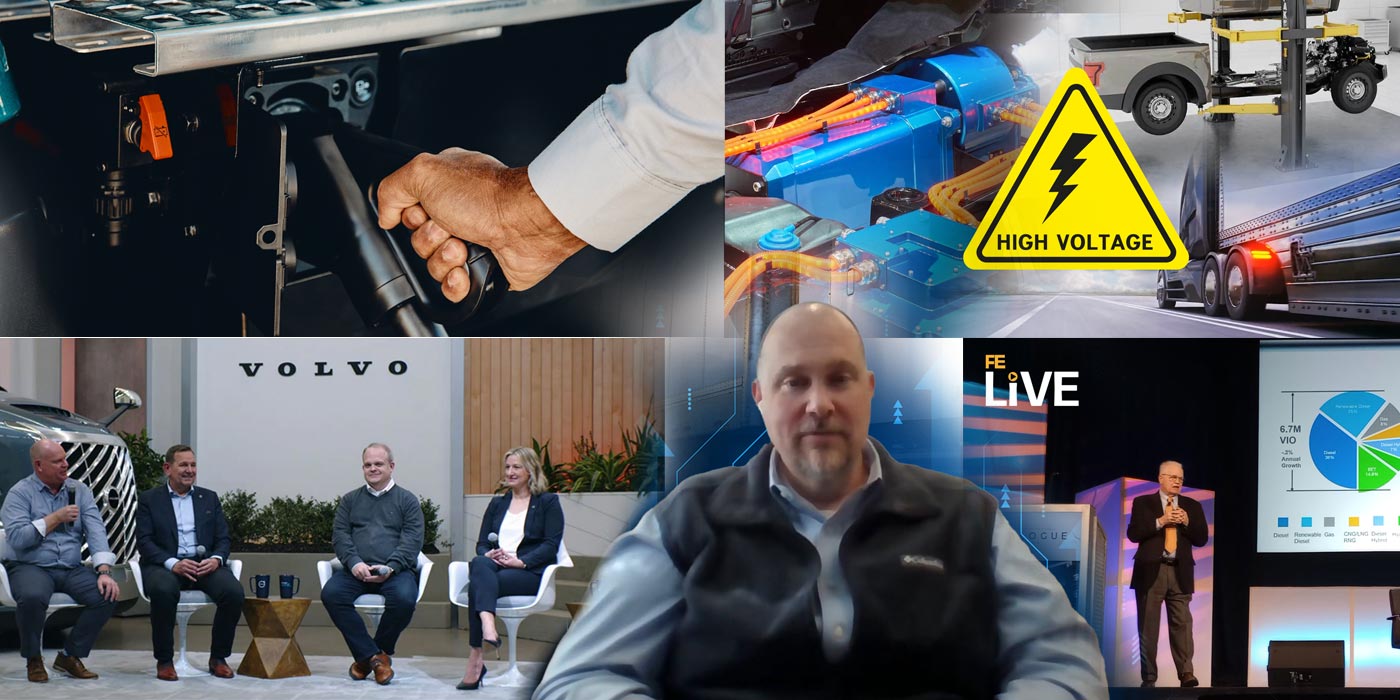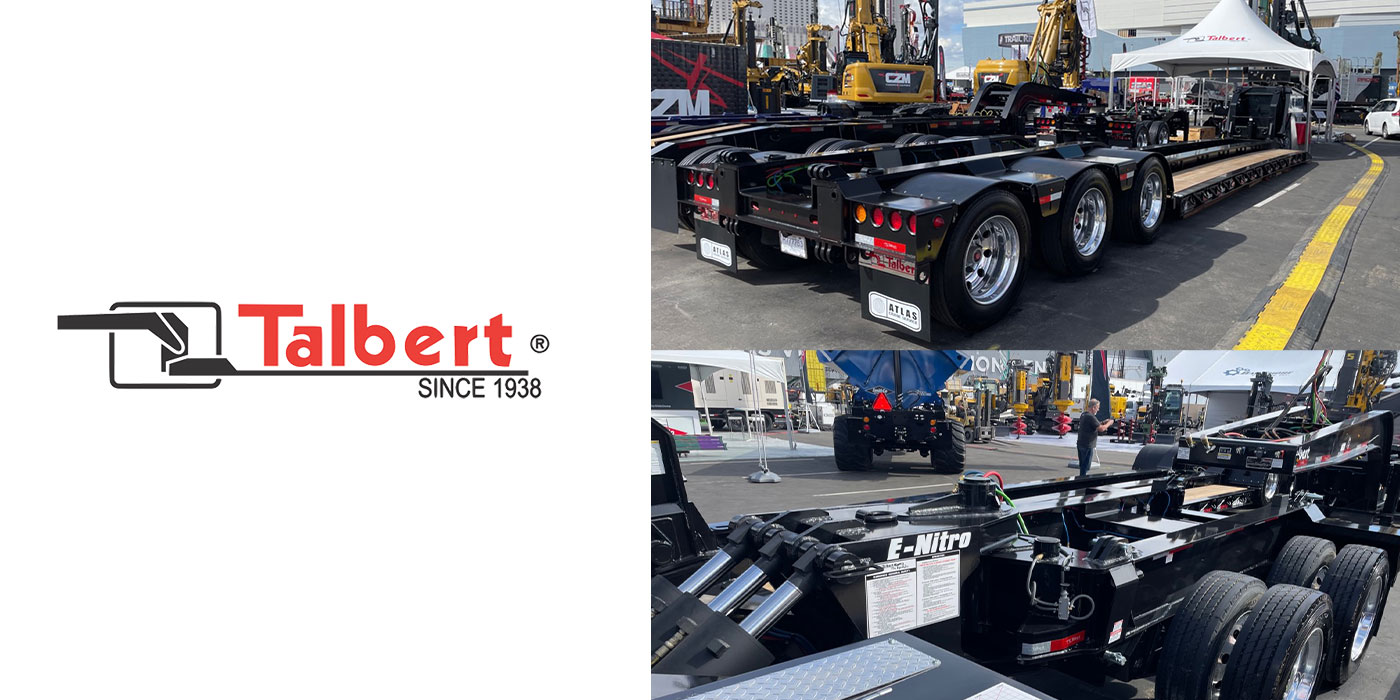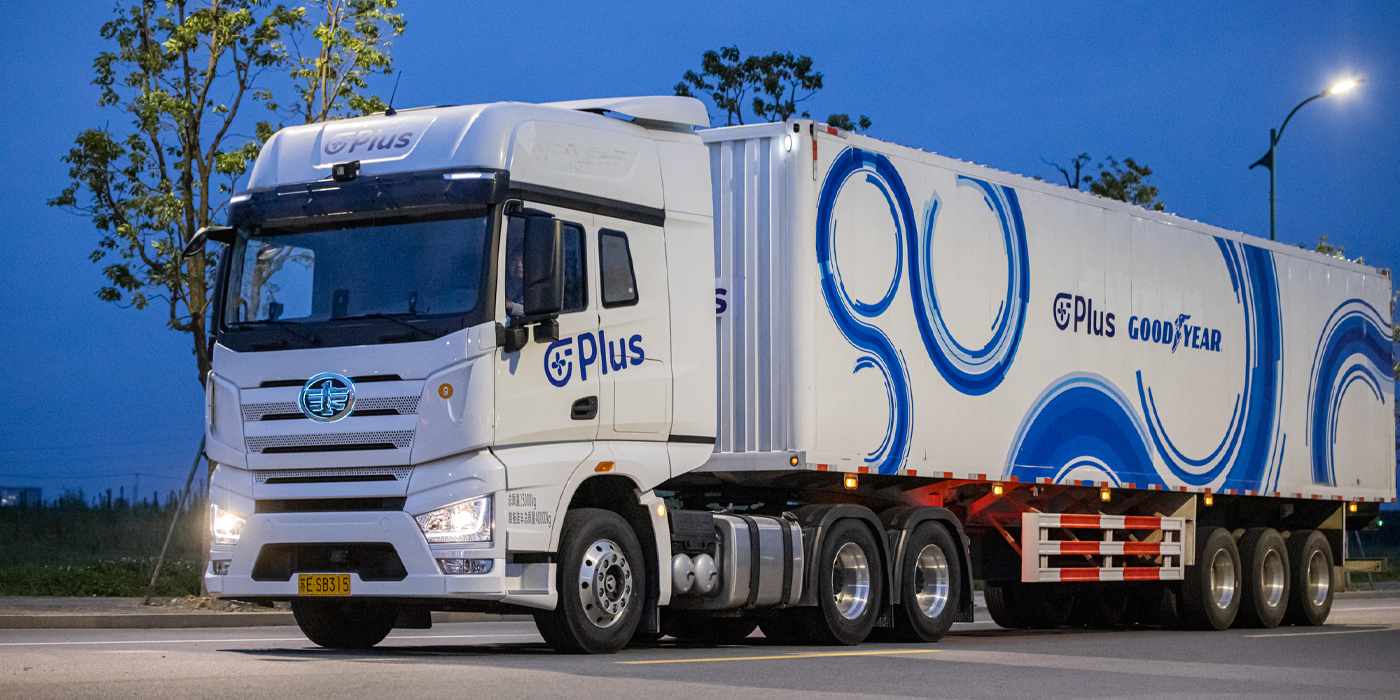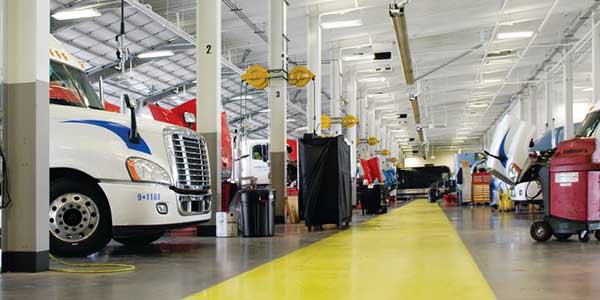The acceptance of trailer fuel-saving drag reduction technology continues to be suppressed by disruptive claims and poor understanding of aerodynamics. According to Richard Wood Solus-Solutions and Technologies LLC, to bridge the knowledge gap and reduce the discussion turbulence, here are a few aerodynamic facts, not factoids:
FACT #1: The trailer freight box is the best aero shape for hauling goods on U.S. roads.
Trailer drag reduction efforts should focus on edge shaping and not reshaping the box. Edge shaping can recover lost volume and reduce drag on the front, rear and undercarriage. The top and bottom side edges can be modified to generate controlled vortices to manage undercarriage, tire and wake flows. Shape changes to undercarriage structures can reduce drag in cross winds and new wheel devices can control wheel drag.
FACT #2: Aerodynamic drag is composed of pressure drag and friction drag, however, trailer drag is more than 90% pressure drag.
Pressure drag results from air pressure pushing on forward and rearward facing surfaces, while friction drag results from air molecules attaching to and scrubbing the surfaces. At low speeds these two drag forces may be equal, however, at operational speeds pressure drag dominates due to the increase in air pressure with vehicle speed, while friction drag remains unchanged.
FACT #3: The sides and top of a trailer do not generate pressure drag, not even in crosswinds.
Because the trailer sides and top are parallel to the vehicle direction, these surfaces can only generate friction drag and cannot generate pressure drag. The increase in total drag with cross wind results from the air pressure pushing on the front surface, rear surface, undercarriage, wheels and tires, and not the side of the trailer.
FACT #4: Smoothing the trailer surface will not create laminar flow or reduce friction drag.
Friction drag reduction can only occur by changing the boundary layer from turbulent to laminar. However, at operational speeds a laminar boundary layer is only possible in the first 10% of the trailer length. As a result, 90% of the trailer will have a turbulent boundary layer with a constant friction drag level.
FACT #5: A roll-up door trailer has lower drag than a swing door trailer.
A roll-up door is constructed with a small recessed cavity at the back of the trailer, which is not present for a swing door trailer. This recess separates the rear surface of the trailer from the wake flow, creating a buffer and an increase in air pressure pushing on the trailer rear.
FACT #6: The radius front corner of a trailer reduces vehicle drag up to 5%.
The trailer front side-edge radius reduces drag by accelerating the airflow around the edge, resulting in lower edge pressures. While the edge radius reduces flow separation on the trailer sides, the presence of flow separation does not impact trailer drag.
FACT #7: Reynolds number is the most important criteria in aerodynamic design and testing.
Reynolds number varies with vehicle speed and vehicle/device size. The minimum representative Reynolds number is the Reynolds number value above which aerodynamic effects do not change. The minimum Reynolds number for a trailer occurs at about 30 MPH. Due to their small size, aerodynamic devices typically have a minimum Reynolds number different than that of the trailer. To maximize drag reduction, the device and trailer minimum Reynolds number should be similar.
FACT #8: Skirts lose effectiveness with increased skirt-to-wheel gap.
To be effective, a skirt must cover most of the rectangular area between the landing gear and tandem and between the trailer lower surface and road. The vertical dimension is fixed and is easily satisfied, but the horizontal distance varies with bogie position. Skirts that fail to adjust for a varying skirt-to-wheel gap will allow air to impact the bogie, losing effectiveness.
FACT #9: Gap fairings lose effectiveness with reduced truck-to-trailer gap.
To be effective, a gap fairing requires a large gap for air to enter the gap and interact with the device. For gaps less than 36 in., the trailer OE side-edge radius maximizes the drag reduction benefit. Advanced edge radius designs can be used to increase the drag reduction for all gaps.
FACT #10: Boat tails lose effectiveness with increased crosswind.
A boat tail design has a narrow performance band dictated by the boat tail angle and length, which are a function of vehicle speed, length, height and width. Boat tail performance also requires the trailer boundary layer to remain attached as it flows onto and along the device. In a crosswind, both the trailer and boat tail flow change dramatically, lowering the boat tail surface pressure, which results in a performance loss.
FACT #11: A rolling road wind tunnel is not superior to any other wind tunnel.
Reynolds number is the most critical wind tunnel test parameter. Simulating the road surface (i.e. tunnel floor) is just one of many lower order criteria that must be considered in the test process. The most critical feature in road surface simulation is the tunnel floor boundary layer and not the movement of the floor. There are numerous industry-established techniques to properly simulate and manage the tunnel floor boundary layer.
For more information on this topic, contact Wood at: [email protected].




